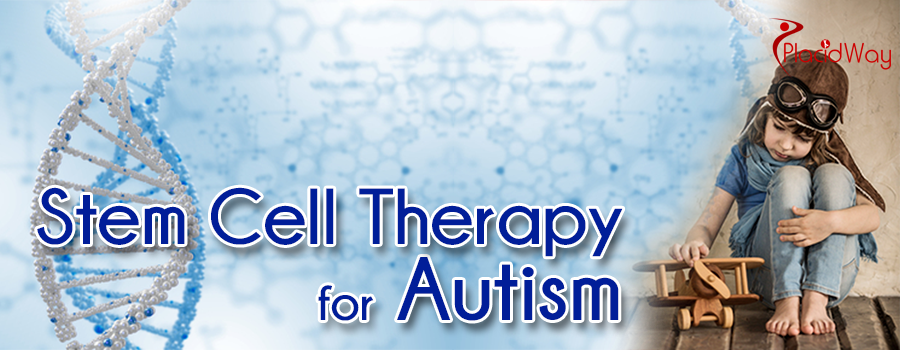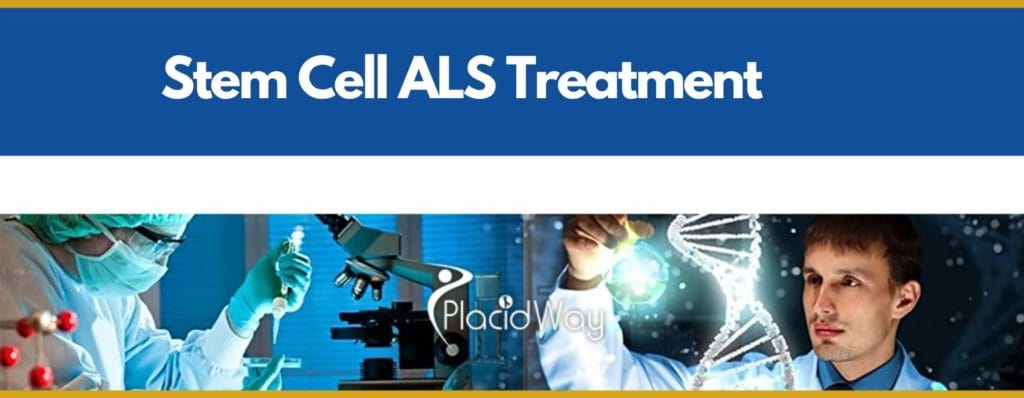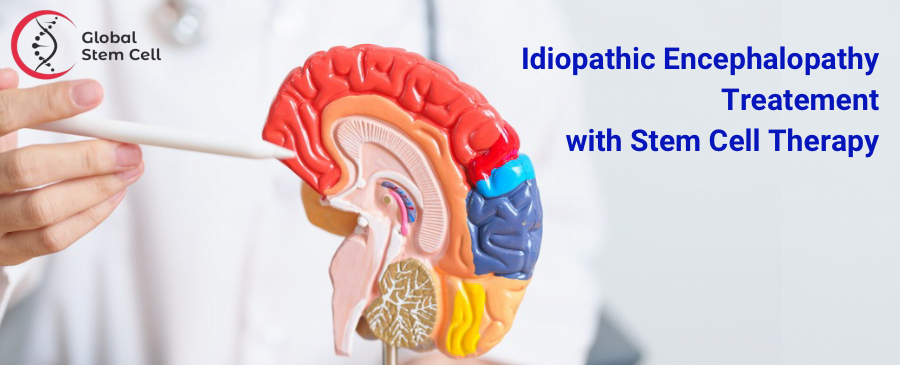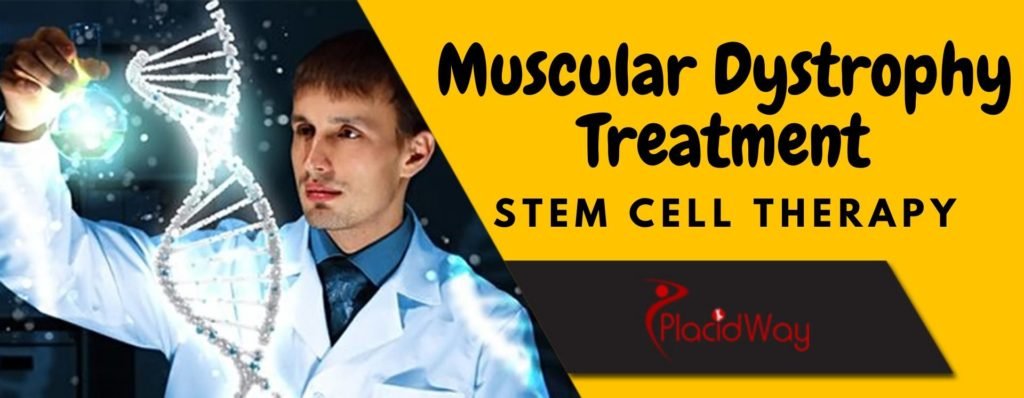A new hope for Autism – Stem Cell Therapy
Table of Content
Autism Spectrum Disorder (ASD) is a neurodevelopmental condition that affects approximately 1 in 54 children in the United States, according to the Centers for Disease Control and Prevention. Symptoms vary widely, but the disorder is generally characterized by impairments in social communication, repetitive behaviors, and restricted interests.
Though no cure exists for ASD, various treatments and therapies can help improve the quality of life for individuals on the spectrum. One promising area of research is stem cell therapy, which has the potential to address some of the core symptoms of autism. This article will explore the success rates of stem cell therapy for autism, as well as the scientific basis for the therapy and its potential benefits.
Understanding Autism Spectrum Disorder (ASD)
Defining Autism
Autism Spectrum Disorder is a complex developmental condition that encompasses a wide range of symptoms and severity levels. The disorder affects an individual’s ability to communicate, form relationships, and adapt to new situations. While the exact cause of autism remains unknown, research suggests that genetic, environmental, and neurological factors may all contribute to its development.
Challenges in Treating Autism
Autism is a lifelong condition, and there is currently no cure. Traditional treatments and therapies focus on managing symptoms and improving the quality of life for individuals with ASD. These approaches can be effective, but they often require significant time, resources, and professional support. As a result, researchers have turned their attention to alternative treatments, such as stem cell therapy, in hopes of finding more effective interventions.
Symptoms of Autism
Autism Spectrum Disorder (ASD) is a complex neurodevelopmental condition that encompasses a wide range of symptoms, which can vary significantly in severity and presentation. It is important to note that not all individuals with autism will display the same symptoms or experience them to the same extent. Here are some common symptoms associated with autism:
Social Communication Difficulties
- Difficulty making and maintaining eye contact
- Struggling to initiate or maintain conversations
- Difficulty understanding nonverbal cues, such as facial expressions, body language, or gestures
- Problems understanding and using appropriate social skills, such as taking turns in conversations or respecting personal space
- Difficulty forming and maintaining friendships or social relationships
Repetitive Behaviors and Restricted Interests
- Engaging in repetitive movements or behaviors, such as hand flapping, rocking, or spinning
- Insistence on routines and rituals, with distress when routines are disrupted
- Intense, focused interests in specific topics or activities, often to the exclusion of other interests
- Preoccupation with specific objects or parts of objects, such as a fascination with wheels or spinning objects
Sensory Sensitivities
- Over- or under-sensitivity to sensory stimuli, such as sounds, lights, textures, tastes, or smells
- Sensory-seeking behaviors, such as a preference for strong or unusual sensory experiences
- Sensory-avoidant behaviors, such as covering ears in response to loud noises or avoiding certain textures or smells
Language and Speech Challenges
- Delayed or absent speech development
- Echolalia, or repeating words or phrases heard from others, sometimes out of context
- Monotone or unusual speech patterns, such as a robotic or sing-song voice
- Difficulty understanding figurative language, idioms, or humor
Cognitive and Executive Functioning Difficulties
- Difficulty with problem-solving or abstract thinking
- Challenges with planning, organizing, and completing tasks
- Difficulty shifting attention or transitioning between activities
- Struggles with understanding cause and effect relationships
Emotional Regulation Challenges
- Difficulty understanding or expressing emotions appropriately
- Intense emotional reactions or meltdowns, often in response to sensory overload or changes in routine
- Challenges with empathy or understanding the emotions and perspectives of others
The Science of Stem Cell Therapy
What are Stem Cells?
Stem cells are unique cells with the potential to develop into many different types of cells in the body. They serve as a repair system, helping to replenish damaged or lost cells throughout an individual’s lifetime. There are two main types of stem cells: embryonic stem cells, which are derived from early-stage embryos, and adult stem cells, which are found in various tissues throughout the body.
How Stem Cell Therapy Works?
Stem cell therapy involves the use of stem cells to treat or prevent diseases and injuries. In the case of autism, researchers believe that stem cells may be able to address some of the neurological abnormalities associated with the disorder. This could potentially help alleviate symptoms and improve cognitive, social, and emotional functioning in individuals with ASD.
Stem Cell Therapy for Autism
Potential Mechanisms of Action
Stem cell therapy for autism is still in the experimental stage, and the exact mechanisms by which it might work are not yet fully understood. However, researchers have proposed several theories:
- Neuroprotection: Stem cells may release factors that protect neurons from damage and promote their survival.
- Immunomodulation: Stem cells may help regulate the immune system, reducing inflammation and preventing immune system-related damage to the brain.
- Neurogenesis: Stem cells may promote the growth of new neurons, potentially helping to repair damaged brain circuits.
- Synaptic plasticity: Stem cells may enhance the brain’s ability to form new connections and reorganize its neural networks.
Types of Stem Cells Used in Autism Research
Several types of stem cells have been investigated for their potential to treat autism:
- Autologous bone marrow-derived stem cells: These stem cells are taken from the patient’s own bone marrow and then reintroduced into the body. This approach eliminates the risk of rejection and reduces ethical concerns associated with the use of embryonic stem cells.
- Umbilical cord blood stem cells: These stem cells are harvested from the umbilical cord blood of healthy, unrelated donors. This approach offers a more accessible source of stem cells compared to bone marrow-derived cells.
- Induced pluripotent stem cells (iPSCs): These are adult cells that have been reprogrammed to an embryonic-like state, allowing them to differentiate into various cell types. This approach eliminates ethical concerns and the need for donor cells.
Success Rates of Stem Cell Therapy for Autism
Clinical Trials and Success Rates
Several clinical trials have been conducted to evaluate the safety and efficacy of stem cell therapy for autism. While these studies are still limited in number and scope, the results have been generally promising:
- A study published in 2017 examined the use of autologous bone marrow-derived stem cells in 25 children with autism. After six months, 60% of the participants showed improvements in social communication and 76% demonstrated reduced repetitive behaviors.
- A 2018 study involving 30 children with ASD investigated the use of umbilical cord blood stem cells. The trial reported improvements in social communication, language, and cognitive function in 67% of participants after one year.
- Another study published in 2019 evaluated the use of intranasal administration of autologous bone marrow-derived stem cells in 31 children with autism. At the one-year follow-up, 58% of participants showed improvements in communication and social skills.
It is important to note that these success rates are based on small sample sizes and should be interpreted with caution. More extensive research is needed to establish the long-term efficacy and safety of stem cell therapy for autism.
Factors Affecting Success Rates
Several factors may influence the success rate of stem cell therapy for autism, including:
- The type and source of stem cells used
- The method of administration (e.g., intravenous, intrathecal, intranasal)
- The severity of the individual’s autism symptoms
- The age at which treatment is initiated
- The presence of co-occurring medical conditions
Potential Benefits and Risks of Stem Cell Therapy for Autism
Potential Benefits
Stem cell therapy for autism has the potential to provide significant benefits for individuals with ASD, including:
- Improved social communication skills
- Enhanced cognitive function
- Reduced repetitive behaviors
- Improved adaptive functioning
- Enhanced quality of life for individuals with autism and their families
Potential Risks and Side Effects
As with any medical intervention, stem cell therapy carries potential risks and side effects. Some of the most common concerns include:
- Infection: Stem cell procedures carry a risk of infection, particularly if the cells are harvested from a donor.
- Rejection: The immune system may recognize donor-derived stem cells as foreign and mount an immune response, potentially leading to complications.
- Tumor formation: In rare cases, stem cells may form tumors or contribute to the growth of existing tumors.
- Unintended consequences: The introduction of stem cells into the body may have unforeseen effects on other tissues or organs.
It is crucial that patients and families carefully weigh the potential benefits and risks of stem cell therapy before deciding to pursue this treatment option.
In Conclusion, Stem cell therapy for autism is an emerging area of research that holds promise for improving the lives of individuals with ASD. While early clinical trials have reported success rates ranging from 58% to 76% in various outcome measures, further research is needed to establish the long-term efficacy and safety of this treatment approach. As with any medical intervention, it is essential for families to carefully consider the potential benefits and risks of stem cell therapy in consultation with their healthcare providers.
For more details about Autism Treatment with Stem Cell Therapy, click the button below:







